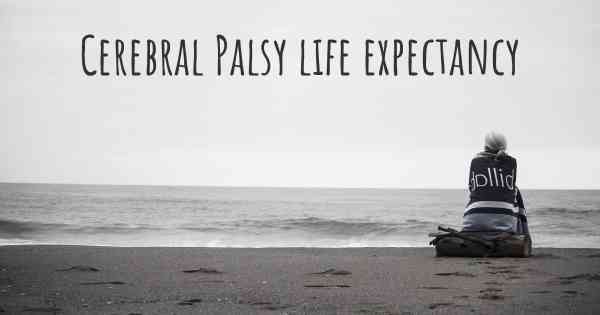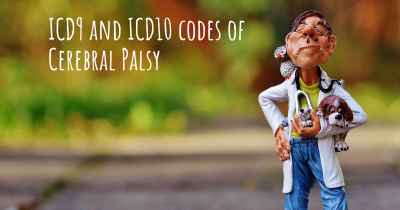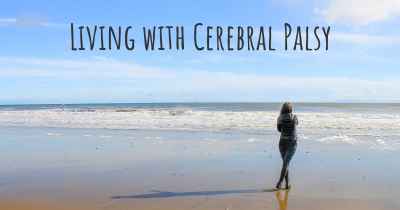What is the life expectancy of someone with Cerebral Palsy?
Life expectancy of people with Cerebral Palsy and recent progresses and researches in Cerebral Palsy

Cerebral Palsy is a neurological condition that affects movement and coordination. It is important to note that life expectancy for individuals with Cerebral Palsy can vary significantly depending on various factors such as the severity of the condition, associated medical complications, and access to proper healthcare. While there is no specific life expectancy for Cerebral Palsy, advancements in medical care and therapies have significantly improved the quality of life for individuals with this condition. With appropriate support, treatment, and management of associated health issues, many individuals with Cerebral Palsy can lead fulfilling lives and have a normal life expectancy comparable to the general population.
Life Expectancy of Individuals with Cerebral Palsy
Cerebral palsy (CP) is a neurological disorder that affects movement, muscle tone, and motor skills. It is caused by damage to the developing brain, often occurring before or during birth, but can also happen in early childhood. CP is a lifelong condition that varies in severity and can present with a wide range of symptoms.
When discussing the life expectancy of individuals with cerebral palsy, it is important to note that CP itself does not directly affect lifespan. Instead, the impact on life expectancy is influenced by various factors such as the severity of the condition, associated medical complications, access to healthcare, and overall quality of life.
Factors Affecting Life Expectancy:
- Severity of Cerebral Palsy: The severity of CP can vary greatly from person to person. Some individuals may have mild motor impairments, while others may have more significant physical and cognitive challenges. Generally, individuals with milder forms of CP tend to have a normal life expectancy, while those with severe forms may have a slightly reduced life expectancy.
- Associated Medical Conditions: People with cerebral palsy may experience additional medical conditions or complications that can impact their overall health and longevity. These can include respiratory issues, epilepsy, intellectual disabilities, vision or hearing impairments, and musculoskeletal problems. The presence and management of these conditions can influence life expectancy.
- Access to Healthcare: Adequate access to healthcare services, including regular check-ups, specialized therapies, and interventions, can significantly improve the quality of life and overall health outcomes for individuals with cerebral palsy. Timely medical interventions and appropriate management of associated conditions can positively impact life expectancy.
- Quality of Life: The quality of life for individuals with cerebral palsy plays a crucial role in their overall well-being and potential lifespan. Factors such as social support, educational opportunities, employment prospects, and inclusion in the community can greatly enhance the quality of life and positively influence life expectancy.
Research and Statistics:
While there is limited specific data on life expectancy solely for individuals with cerebral palsy, several studies have examined mortality rates and factors influencing survival. These studies have shown that, on average, individuals with CP have a slightly higher mortality rate compared to the general population.
A study published in the journal Developmental Medicine & Child Neurology analyzed mortality rates in individuals with CP over a 60-year period. The study found that the life expectancy of individuals with CP has improved significantly over time. In the 1950s, the average life expectancy was around 20 years, whereas in recent years, it has increased to approximately 60 years.
It is important to note that these figures are averages and do not account for individual variations. Many individuals with cerebral palsy live well into adulthood and beyond, leading fulfilling lives.
Conclusion:
Cerebral palsy is a complex condition that affects individuals differently. While CP itself does not directly impact life expectancy, various factors such as the severity of the condition, associated medical complications, access to healthcare, and overall quality of life can influence longevity. With advancements in medical care, early interventions, and improved support systems, individuals with cerebral palsy are experiencing longer life expectancies and better quality of life. It is essential to focus on providing comprehensive care, support, and opportunities to enhance the well-being and potential of individuals with cerebral palsy.
Newer brace materials and surgical interventions.
Posted Feb 20, 2017 by Michelle 1000
I have no other medical conditions and I am in great health. I do not believe I am dying any time soon.
The secret to living long with CP, is a positive attitude, keeping active and keeping your weight under control.
Posted Dec 21, 2018 by Chi 1450








